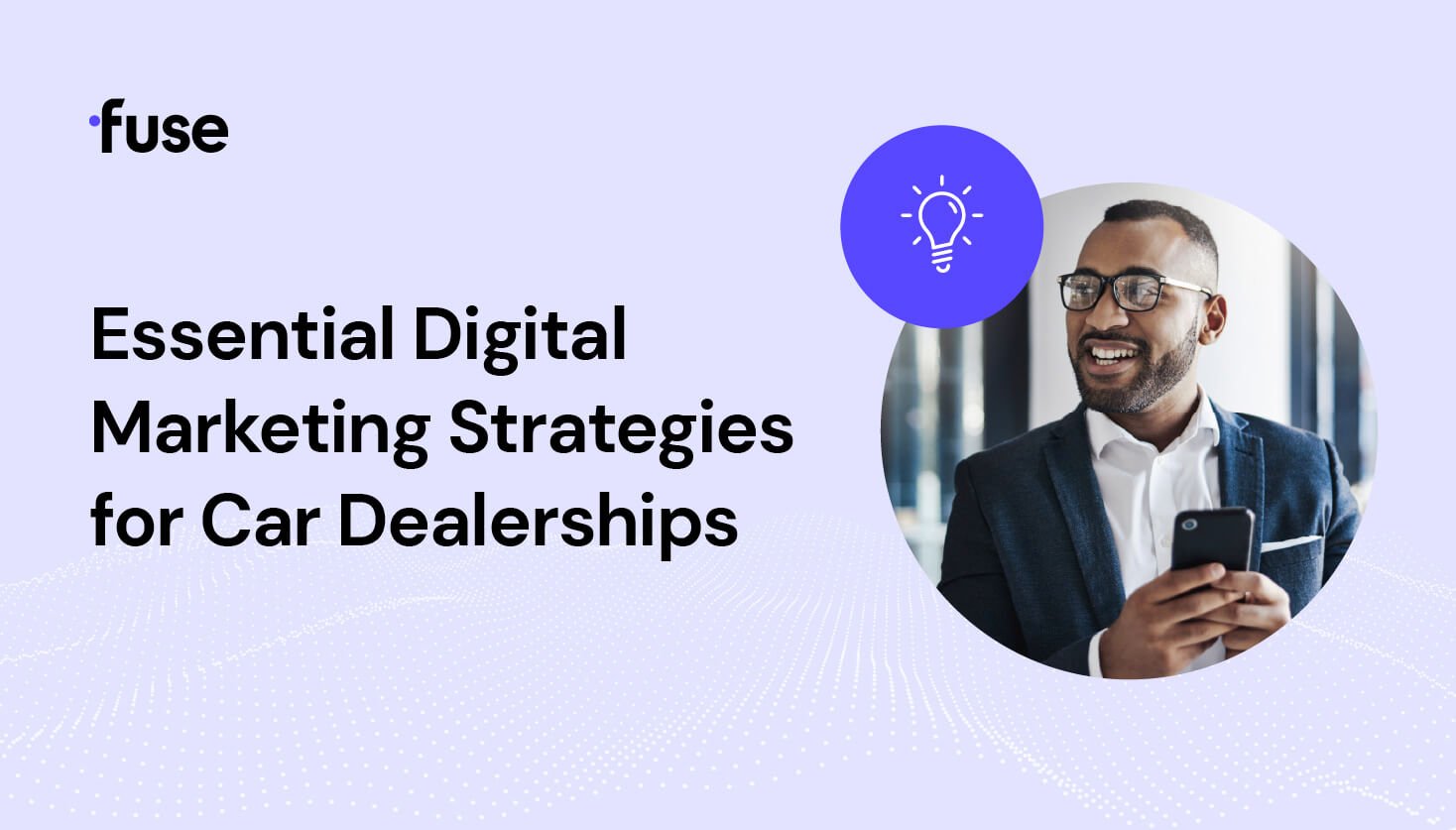
By: Tom Ryan
14 minute read
The times, they are a-changin' — especially when it comes to dealership marketing. Retail automotive marketing today is both fast-paced and cutthroat. The good news? By implementing the digital marketing strategies for car dealerships discussed in this article, you can gain a competitive advantage and be better positioned to ride out market fluctuations.
But first, let’s take a look at the current expectations surrounding the car-buying-and-selling experience. After all, marketing is but one part of the journey!
Compared to last year, twice as many dealers surveyed for the 2022 Capital One Car Buying Outlook think their customers are conducting nearly every aspect of the car-buying process online — from researching vehicles and selecting preferred makes and models to researching local inventories and understanding pricing, financing, and monthly payment options.
They’re not wrong. According to Cars.com consumer survey results, 38% of shoppers expect to complete the entire car-buying process online, with another 38% intending to purchase a vehicle in person but complete all paperwork online, saving them hours at the dealership.
When online reviews became a thing, some businesses tried to obtain as many positive reviews as possible while removing negative ones (or at least tried to drown them out with positive ones). Some went so far as to pay for positive reviews or have employees write reviews.
Consumers are a lot savvier now: they have a tendency to ignore one- and five-star reviews in favor of reading two-, three-, and four-star reviews. In other words, if a business has all (or mostly) glowing reviews, consumers are suspicious as to whether those reviews are real. No business can please all customers all the time. So people expect to see a healthy mix of positive and some negative reviews.
68% of people trust a brand more when it has a mix of good and bad reviews.
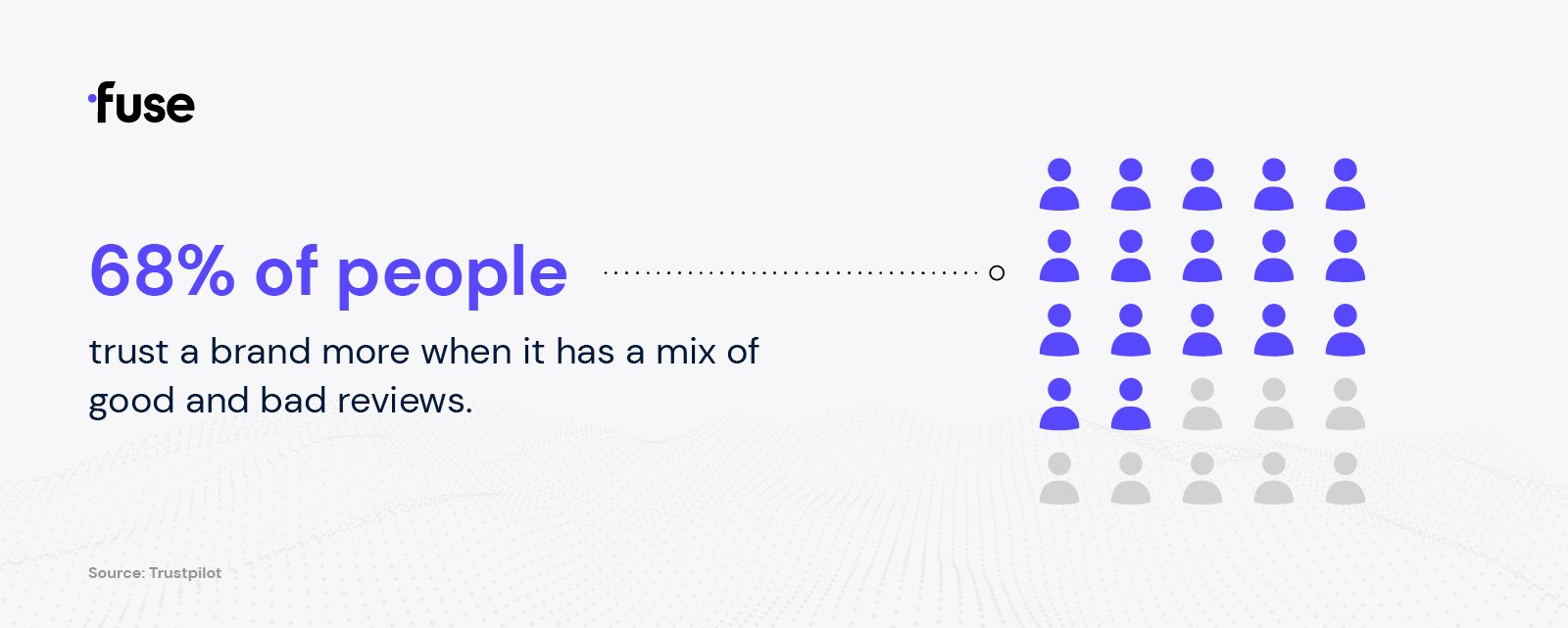
However, there is a sweet spot. In a 2021 survey, only 3% of respondents said they would consider using a business with an average star rating of two or fewer stars. In 2020, that percentage jumped up to 14%, so having the right balance of online reviews is carrying even more weight.
In addition, a Fan & Fuel survey reveals that written reviews carry more clout than stars or number ratings. And how businesses respond to those reviews matters, too.
Not only do 68% of car buyers rely on reviews to make an informed decision, but 50% of reviewers expect a response to their review within 7 days. Consumers also tend to view brands that respond to every review to be 1.7x more trustworthy than those that don’t. So, as you can see, consumer expectations are going up regarding how a business conducts itself online — and car dealerships are no exception.
>> Sign Up for Email Updates - Get Great Content Like This Delivered Right to Your Inbox
For consumers, the process of buying a car seems similar to the process of purchasing other retail products and services. However, the car-buying process may span a longer period of time and involve more research — largely due to inventory scarcity and the sizable cost of the purchase. Not to mention that competition for car buyers today is fierce!
Given how much digital marketing has changed the approach to business in the last few years, the basics of the car-buying process still apply. They may just be handled a little differently. When putting together a dealership marketing plan, it's essential to account for pandemic-accelerated consumer preferences, a longer sales cycle, and the competition while addressing all phases of the car buyer's journey, including:
In the awareness phase of the sales cycle, the car buyer experiences a "problem”. This doesn't necessarily have to be a problem — it can simply be a want. So maybe the problem is the desire to have a more reliable or updated vehicle. Or, it can be a need — like requiring a bigger vehicle to accommodate a growing family. The buyer then starts to gather information to better understand their wants and needs.
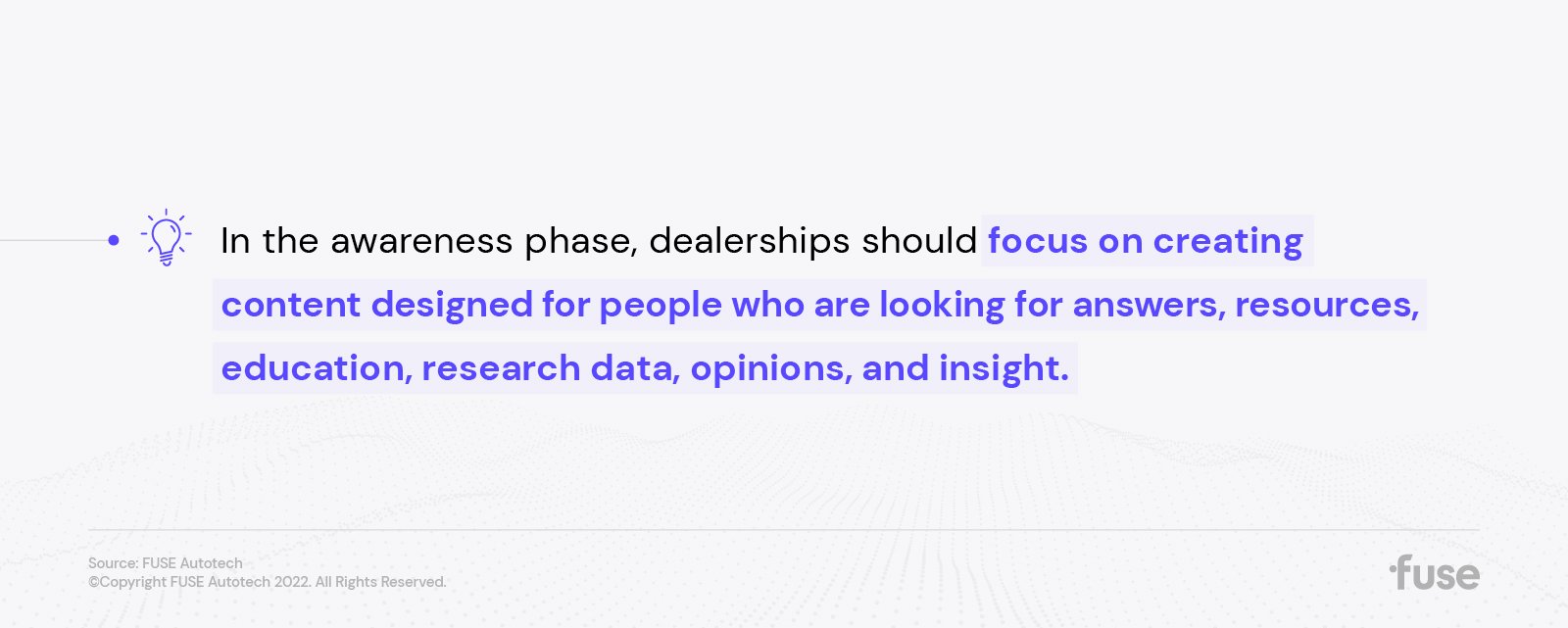
In this stage, dealerships should focus on creating content designed for people who are looking for answers, resources, education, research data, opinions, and insight.
At this point in the process, the car buyer has defined their “problem” and is now actively looking for a way to solve it. They are convinced they need a bigger/more reliable/updated vehicle and are actively identifying their options.
Consider publishing dealership content comparing similar vehicle makes and models to attract car buyers in this stage.
The buyer has narrowed down their choices and makes a final purchase decision in this phase. In other words, it's time for the car buyer to apply for financing or head to the dealership for a test drive.
Clearly, this phase is one of the most vital. In fact, according to a Cox Automotive Car Buyer Financing Journey Study, over a third of the time spent by consumers in the car shopping process is dedicated to financing activities. This is also the stage where relationship management by the sales team normally kicks in.
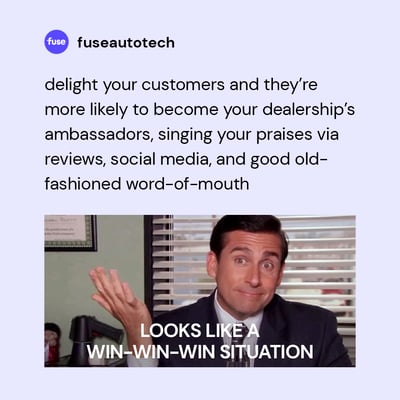
This phase is often missed in the traditional buyer’s journey map. It can also be viewed as the customer retention and loyalty stage. The customer has purchased a vehicle, but the cycle isn't over. This is the time to continue the relationship with follow-up communications and ongoing efforts to encourage service and repeat business.
It's simple, really. Delight your customers, and they’re more likely to become your dealership’s ambassadors, singing your praises via reviews, social media, and good old-fashioned word-of-mouth.
>> Download the Guide - Driving Dealership Customer Satisfaction and Profits with the Modern Retail Approach
How cars are bought and sold isn’t the only thing changing in the retail automotive industry. The way consumers think and act on the information they find online during the buyer’s journey is evolving, and car dealership digital marketing strategies must adapt accordingly:
When we talk about transparency, we’re not talking about holograms. We’re talking about being open with customers and following through on brand promises. For example, how you collect and use customer data. If you say you aren’t going to sell their information but prospects start getting random calls from third-party companies, their trust will plummet — and so will the value of your brand.
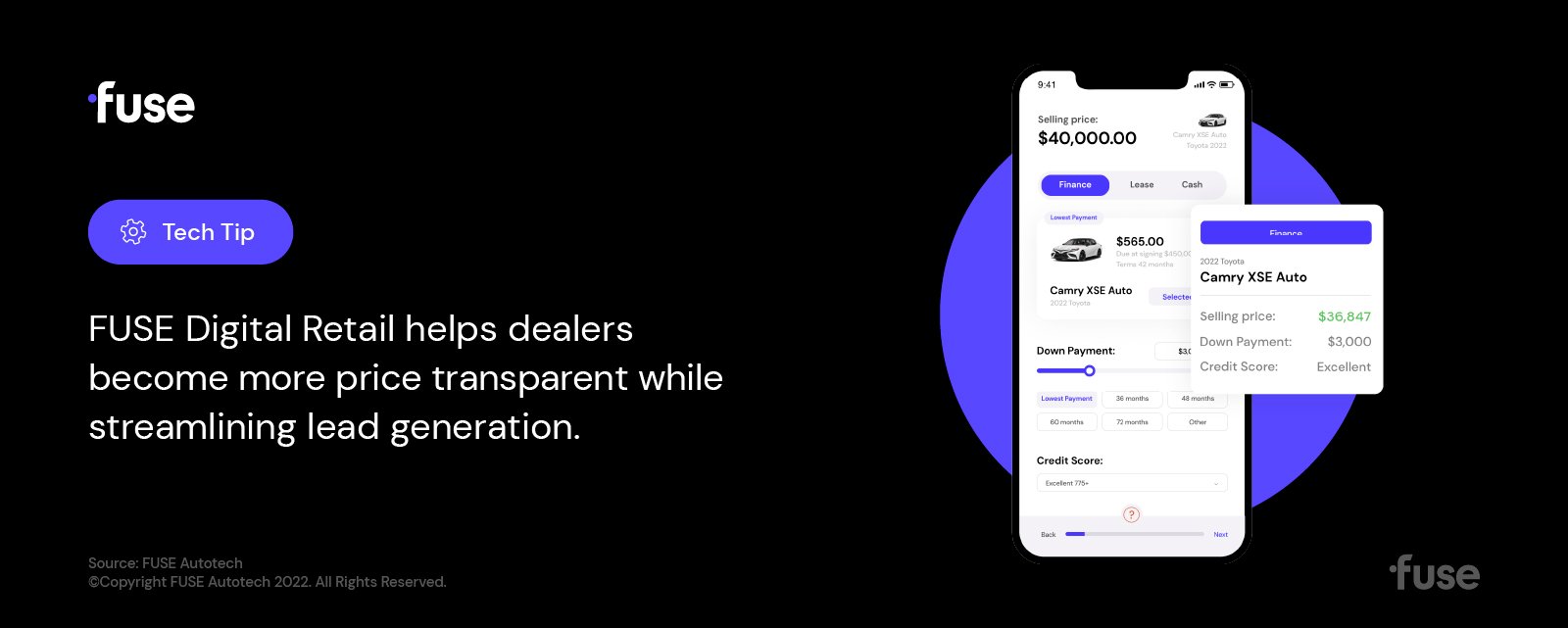
Digital retail technology can help dealers become more price transparent while streamlining lead generation. An excellent digital retail solution should mirror the familiar navigation and processes used outside automotive. For example, adopting no-haggle pricing and providing specific payment and financing details before requiring prospects to share extensive personal information is one way to build trust with consumers through transparency. When you present customers with multiple lending options, they feel like they have choices and control versus, “here’s your price, here’s your payment, now fill out the credit app.”
Automotive digital retailing also works seamlessly with the single-point-of-contact sales model, which is becoming popular among consumers and new entrants to the automotive industry. In this model, one person ushers the customers through the entire buying journey, which allows dealers to offer a more personal, transparent experience.
Genuine transparency can be uncomfortable for some at first, as it involves throwing open the doors to the inner workings of the business, revealing a dealership’s true goals, values, and prices. However, dealers who have embraced transparency — especially price transparency, like Walser Toyota — are reaping the benefits.
A trend accelerated by the pandemic, digital-forward buying and selling, has gone from leading edge to mainstream. Visibility in the digital realm is a must to drive dealership sales, especially as more and more car buyers start their research online.
It is in every dealership's best interest to claim and set up a profile with Google Business Profile (GBP). In fact, according to BrightLocal’s Insights Study, car dealerships get the highest number of calls and website visits via GBP than any other industry. The best part? GBP is free, and you can manage your profile from Google Search and Maps to reach even more leads and customers.
We all know that search engines are a way for people to search for pretty much anything. But for dealerships, search engine marketing is another valuable tool for driving traffic to their websites and, ultimately, foot traffic to their physical stores. Dealers can pay to have their listings appear at the top of the search results or create web content to rank organically. There are also a plethora of dealership search engine optimization strategies for ranking higher in these organic search results.
As stated above, online reviews — and the right mix — are mission-critical for every dealership. The #1 priority is Google, followed by social media and Dealer Rater. According to Search Engine Journal, Google appears to favor businesses with high volumes of positive reviews, placing them in the coveted Map Pack positions at the top of the organic local search results. These Map Pack positions appear in search results more than 30% of the time, and their links get over 70% of the traffic from organic search.
When researching before buying a car, many car shoppers make the rounds online to see what each dealership has to offer. That includes websites, business profiles on review sites, and social media. These platforms allow you to add video, which is an excellent selling tool for dealers. Video allows you to create a bond with customers. It provides a way to highlight a vehicle's features in a way a photo can't accomplish.
It also helps you reach people who would rather watch or listen to something than read about it. Video lets you cover your bases.
65% of people are visual learners, 30% are auditory learners, and 5% of people are kinesthetic learners.
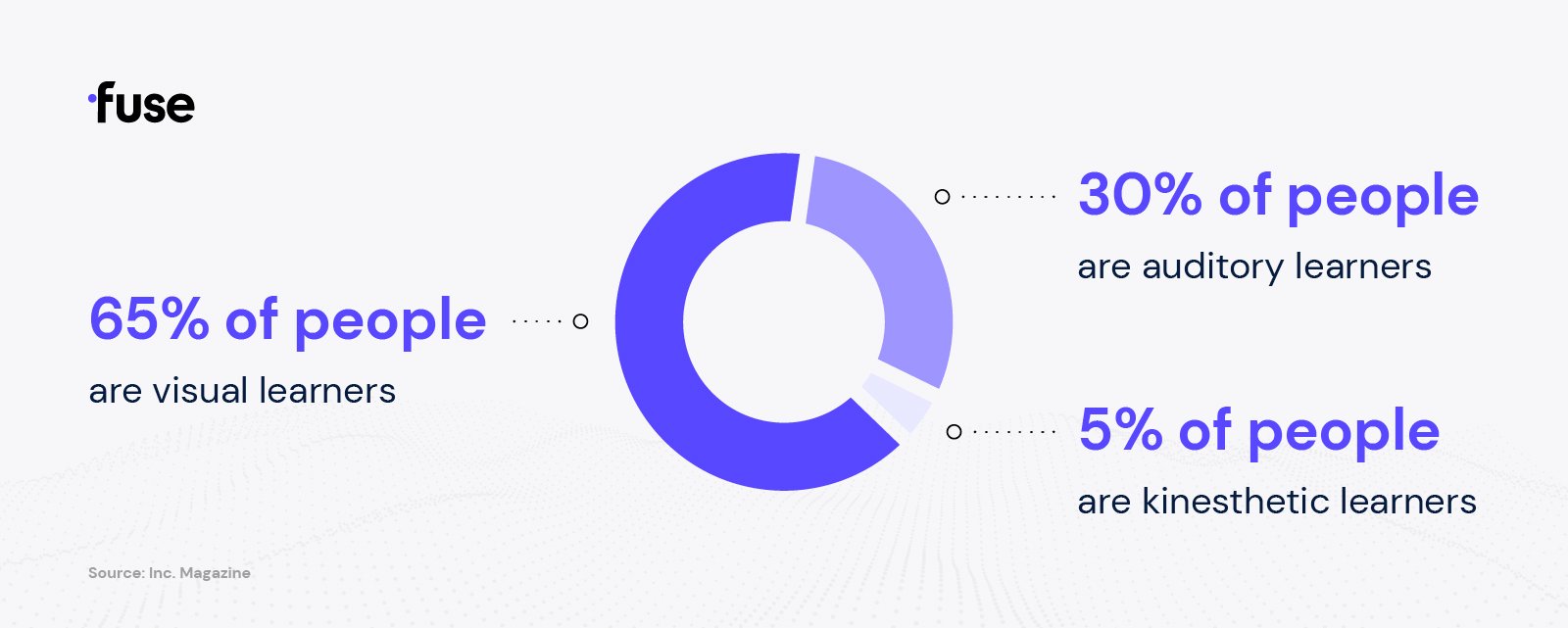
A "native ad" is content written to match the editorial content in the publication. It is often written like an article but is paid for by an advertiser. Native ads in car enthusiast publications could help boost your dealership’s sales.
Make sure you’re leveraging all aspects of Google, including the Google Display Network. It can truly open doors for dealers by providing access to millions of prospects as they browse websites, apps, and Google-owned properties like YouTube and Gmail. A display campaign is one option you can choose when setting up Google Ads. Google Vehicle Ads and a new pilot program for Google Vehicle Listings are great options for dealerships to explore.
Another type of digital advertising that’s gaining traction is the use of GPS or RFID technology to create a virtual geographic boundary, called geofencing. Special software triggers a response when a mobile device enters or leaves a specific area. This can be especially useful to capture leads in your surrounding area.
It's funny how things come back around. Those who thought commercials had gone the way of Blockbuster will be surprised to know they're making a comeback. Consumers are becoming more accepting of viewing commercials to watch shows for free. As more streaming entertainment options come online, people have more options from which to choose. This may be a good thing, but costs can add up when all of these different options charge a fee. OTT advertising on Roku, Hulu, Amazon Video and Fire TV, and Sling, among others, is yet another way to reach car buyers.
Any opportunity to get your name out there as an authority is a good thing. For the best, most targeted audience, reach out to local podcasts about guest appearances or seek out sponsorship opportunities. If you're not a local podcast listener, a quick search can help you find out which ones are the highest-rated and how to sponsor an episode.
Potential car buyers are driving by your dealership daily with their mobile phones in tow, utilizing mobile apps like Waze and Google Maps for turn-by-turn navigation guidance and real-time notifications regarding traffic, hazardous road conditions, and police presence. Each month, more than 90 million U.S. consumers use Waze. Google Maps boasts 154.4 million monthly users. Thus, ads on Waze and Google Maps can be highly effective tools to add to your marketing toolkit.
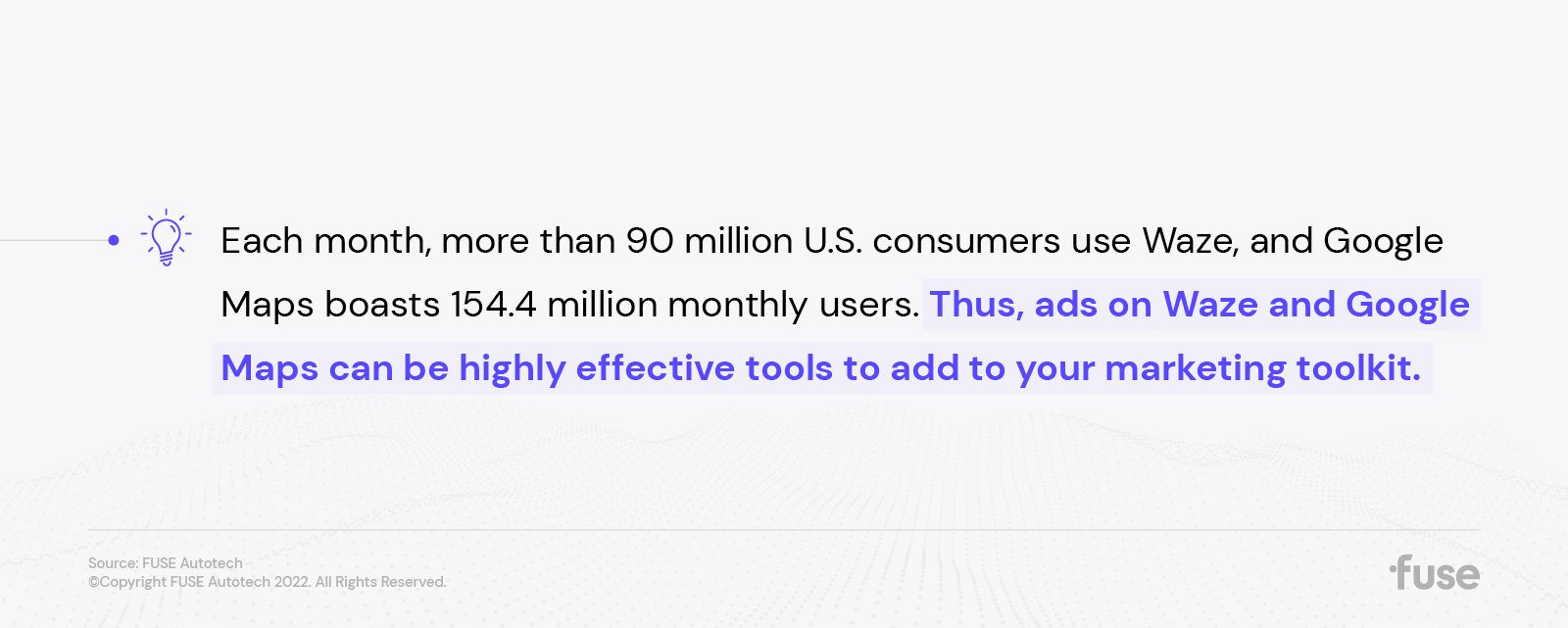
Adding a chat feature enables engagement between customers and sales teams so they can capture leads in real time. I know we're promoting many other channels for capturing leads. However, a dealer's website is still at the center of any successful dealership marketing plan.
And while that website is the digital hub, some dealers are choosing to forego website form completions for lead capture in favor of managed chat or messaging sessions. Doing so allows salespeople to follow up right away. Because nobody likes to fill out forms and wait for a call. That doesn’t fly in today’s face-paced, digital world.
Believe it or not, email still exists — and it works! Plus, it’s cost effective. You don’t always need a flashy new email campaign to find success: the right strategy wins out in the long run.
Take, for example, this email marketing case study for a Ford and CDJR dealership. As a result of sending nine follow-up emails over a 14-month period, email engagement contributed to more than 150 vehicle sales. Just be sure to use your dealership’s first-party information, or you risk harming your email deliverability and IP reputation.
In fact, in a world that's becoming more and more "cookie-less," having quality first-party data is more important than ever. Companies like FUEL by Cars.com sell this kind of data, but the best data is always your own.
It can be a full-time job keeping up with all the online business and leads. Every dealership needs a dedicated team to handle these critical tasks, such as a strong Business Development Center (BDC) or salesforce who can streamline the process.
Your customers are treasure troves of information. Don't be shy about sending out surveys and asking for testimonials to bolster your business and gain insights on how you can improve.
Shortages and high costs have created a new industry landscape that all dealers have to address to remain competitive. Being armed with these essential digital marketing strategies for car dealerships can help you navigate the ebbs and flows and come out ahead.
Get in touch today to find out how Fuse can help your dealership compete.
>> See How Fuse Transact Works - Watch the Video Now
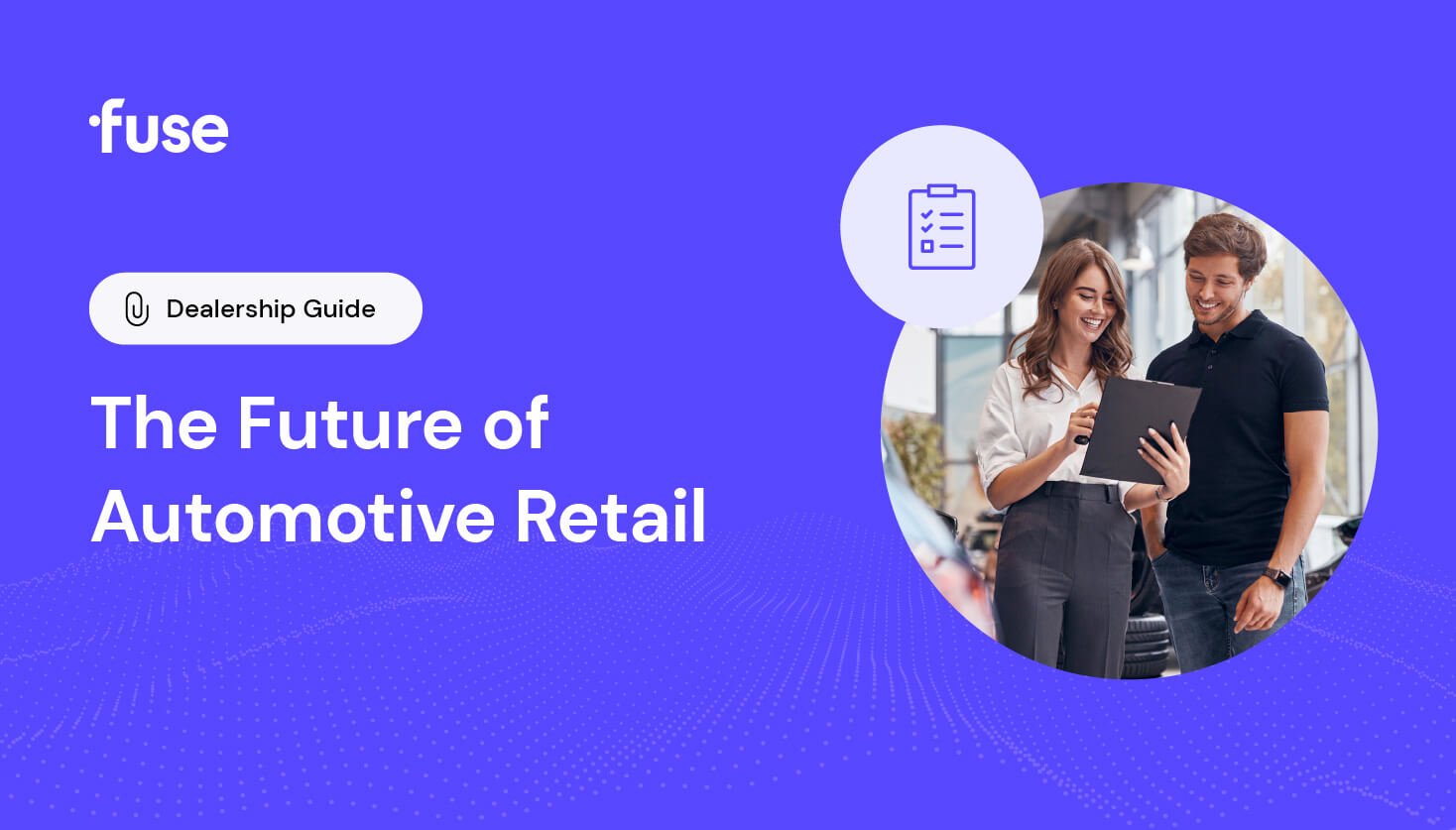
Today’s electric and hybrid cars appear nearly unrecognizable when compared to the first gas-powered car models created in the 1880s. The same cannot be said for the actual process of buying a...
News and Insights
10 min read
Solutions
